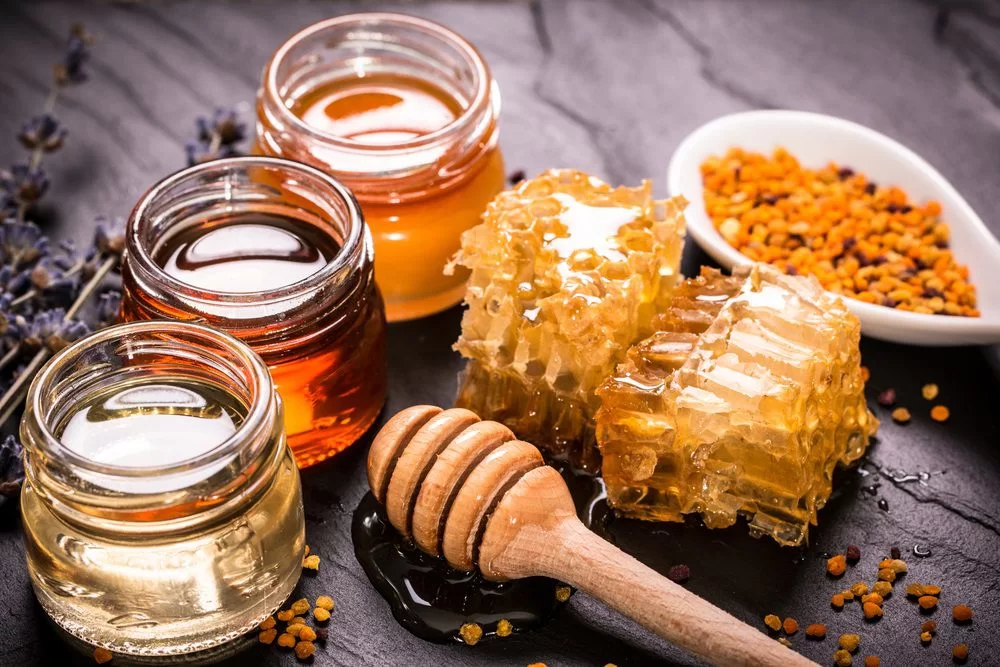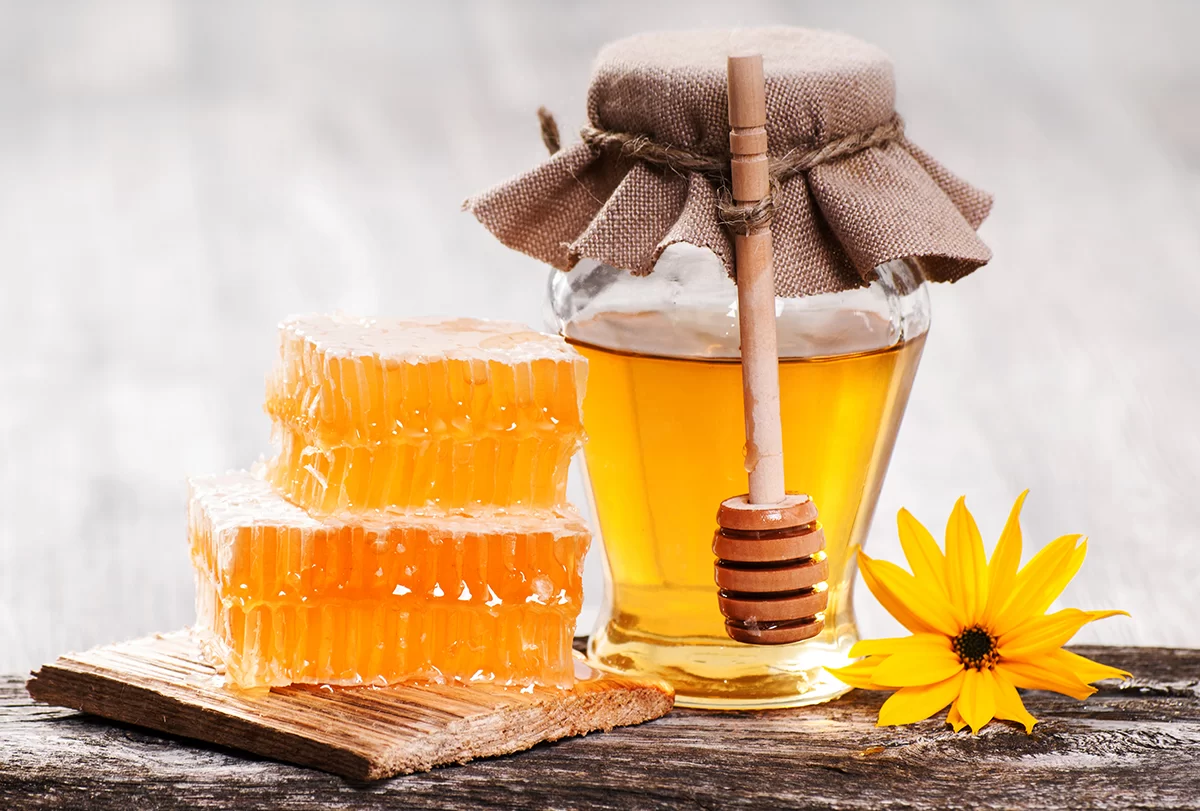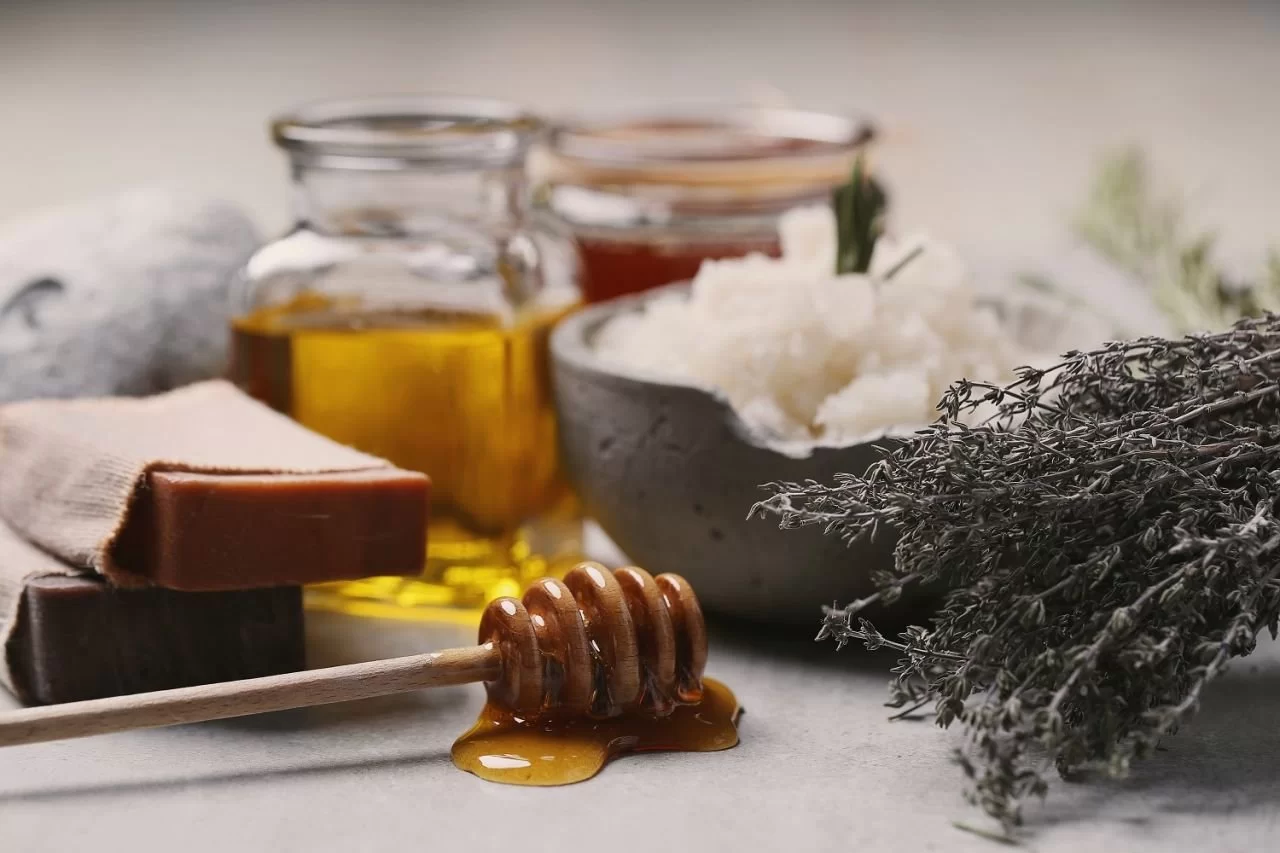What’s The Buzz In Turkey
Honey, or ‘bal‘ as it’s known in Turkey, also Known for been one of the oldest medicinal substances. Honey has always held a special place in Turkish culture has been around for thousands of years and is known for its great taste and medicinal benefits. Turkish honey is some of the best in the world, and there are many different kinds, from common pine and flower varieties to speciality citrus, chestnut and lavender variations. If you love this golden nectar, you are spoilt for choice in Turkey as even the world’s most prized and expensive honey comes from the mountains above Sile, selling for more than $12,000 a kilo.
About Turkish Honey

Turkey is one of the worlds leading producers of honey, producing over 100,000 tons of it each year. The history of honey in Turkey dates back more than 10,000 years, with coins found in Ephesus and writings in the great works of Homer all pointing to the love of this flavoursome bee product. Hardly a traditional breakfast is served in Turkey without a bowl or drizzle of honey present, and traditional Turkish and old-wives remedies often contain honey as it’s believed to help heal so many ailments.
Honey is a product deeply engraved in Turkish culture. For many locals, beekeeping is a skill passed down through generations, and on a walk along almost any woodland or coastal trail, you see beehives nestled in the forest clearings and plateaus. It is the bees’ environment that flavors the honey we enjoy, so not all honey tastes the same. See below a brief guide to Turkish honey.
Common Varieties Of Turkish Honey
Cicek Bal (Flower Honey)

The most popular table honey in Turkey is cicek bal, produced by worker bees that collect nectar from a wide range of flowers. Cicek bal is known as ‘poly floral’ honey, meaning it has a typical sweet honey taste and no distinct flavour. As the honey enjoyed most with breakfast, on toast or in desserts, the golden hue and sweet flavour of cicek bal is the taste and colour most people associate when they think of honey.
Cam Bali (Pine Honey)

As the name suggests, pine honey or ‘cam bali’ is produced by bees that collect the honeydew excretions left on pine trees. Those cruising the southern Aegean and western Mediterranean coast of Turkey will notice how dense the pine forests are in these regions. Provinces like Mugla, that homes Bodrum, Marmaris and Gocek, account for more than three-quarters of the pine honey produced in Turkey.
Pine honey is darker and less sweet than cicek bal. It has a distinct flavour and is widely consumed due to its health benefits. Cam bali is said to contain more minerals and amino acids than many other varieties. It’s also said to assist weight loss, especially if a spoon of it is dissolved in warm water of a morning and drunk with a squeeze of lemon before breakfast.
Narenciye Bali (Citrus Honey)

This aromatic and flavoursome Turkish honey is another variety that stems mainly from the Mediterranean provinces of Turkey. Areas like Antalya are famed for their lemon, orange and mandarin harvests, so the bees in these areas naturally collect the nectar from the citrus orchards. Citrus honey is thin and has a perfume-like flavour and aroma, it is also known to contain a lower glycemic index and higher levels of Vitamin C than other Turkish honey varieties.
Speciality Turkish Honey
Kestane Bali (Chestnut Honey)

This speciality honey comes from the coastal region of the Black Sea and is produced by worker bees that farm the nectar of chestnut trees that blossom for only two weeks each June. It’s mainly known for its medicinal benefits and is said to ease asthma, boost energy and get rid of bad breath. Chestnut honey is an acquired taste and has a strong bitter flavour – it’s one to try if you suffer any breathing disorders or to have on hand should you ever scold yourself, as if used topically, it’s said to help burns heal.
Kekik Bali (Thyme Bali)

Another speciality Turkish honey is kekik bali – but this one really will make you squint as it does have a decidedly bitter taste! It is a pale honey, and another that’s consumed mainly for its medicinal purposes, as it’s believed to ease bloating, increase appetite and cure colds, coughs and wheezes.
Lavanta Bali (Lavender Honey)

Like kestane bali, lavender honey is produced for only a few weeks each June, and it mainly comes from the Burdur and Isparta regions famed for their lavender crops in Turkey. Some gourmet Turkish restaurants include lavanta bali on their cheese boards, as the distinct flavour compliments strong speciality Turkish cheeses. Others buy it for its healing properties, as it’s a natural pain reliever and believed to help insomnia.
Akasya Bali (Acacia Honey)

Another rare form of highly valued honey is acacia honey produced from the nectar of its eponymous flowers in the Kackar Mountains in Artvin. Among acacia honey’s health benefits are said to be its ability to heal mouth wounds, improve lung disease symptoms and memory, heal intestinal infections, clean blood cleanser and decrease skin markings, the latter when used topically.
TURKEY’S DANGEROUS “DELI BAL” OR MAD HONEY

Turkey’s deli bal, which translates as mad honey, aka miel fou, is unfortunately infamous for its adverse effects when consumed in quantity. This unique type of honey, which should come with a warning label, is only produced in two places in the world: the Black Sea’s Kackar Mountains and in the foothills of the Himalayas. Its dangerous psychedelic properties are the result of a neurotoxin from the rhododendrons the bees in these two areas create the honey from. When taken in small doses, this type of honey is said to be beneficial for stomach pains, anxiety, diabetes and hypertension, but even a small spoonful could result in intoxication. When consumed in excess, this type of honey can easily lead to hallucinations, nausea, fainting, seizures, heart arrhythmia, dangerously low blood pressure levels, and at its extreme, even death. – This variety best avoided on your travels!
It is believed this type of honey was in fact the first-ever chemical weapon to be used in warfare when in the Hellenistic period (97 B.C.) the Roman troops of General Pompey the Great succumbed to a trick by Pontic leader Mithridates, who had combs of mad honey strategically placed along their route as his own soldiers retreated. Taking place near what is today the Black Sea region of Trabzon, the Pontic warriors later returned to conquer the Roman soldiers, who fell ill, had become delirious and even fainted.
Global efforts to save bees
Over recent years, bees have hit the spotlight due to an alarming decline in their numbers. Bee’s are responsible for around 80% of the world’s pollination, with just one bee colony capable of pollinating up to 300,000 flowers. Bee numbers have fallen by almost 90% since the 1960s, so something had to be done to protect them and, ultimately, our environment. Movies and documentaries were made to educate children and the public. People became aware that bees were far from stingy garden pests but played an essential role in pollinating the flowers of the fruits and vegetables we enjoy each day. Even celebrities like Morgan Freeman, a keen beekeeper, joined the campaign to save the bees and even converted his 124-acre Mississippi ranch into a bee sanctuary.
Thankfully bee preservation efforts are paying off, and global bee numbers are on the increase. In many countries, new measures are in place to protect bees and beekeeping, and Turkey is no exception. Turkish honey is thought by many to be of the best in the world, so if you fancy trying some, don’t forget to ASK US to add some to your provisions.
In Conclusion
Turkey’s cave honey makes Guinness Book of World Records
Did you know that Turkey just so happens to produce the world’s most expensive honey?
That’s right, at 10,000 euros ($12,200) per kilo, this past February Centauri Honey was named the world’s most expensive honey by the Guinness Book of World Records. Based in the Black Sea region of Sile, Centauri Honey is harvested from a cave 2,500 meters above sea level and far from human settlements and other bee colonies. The surroundings are said to be laden with a variety of medicinal herbs, including St. John’s Wort, which has resulted in this extremely rare honey having strong medicinal properties due to its high levels of magnesium, potassium, phenols, flavonoids and antioxidants.








